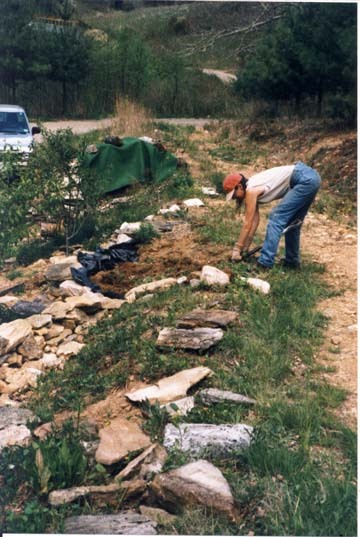First the characteristics of porland cement:
-Cement is the essential ingrediant for concrete
-To create the special abilities of portland cement we need temperatures of up to ~1480°C.
-The average amount of energy needed to create 1 gramm of portland cement is at least 1700 Joule.
-The world production of cement in 2002 was 1,800 million metric tons.
A quick calculation to find out how much energy was needed to create that much cement would be nice:
1,800,000,000,000,000 Gramm cement

times
1700 Joule
equals
3.06 Million Terra Joule = 3.06*10x18 Joule
I guess ...
1 Joule is the same as one Watt of thermic energy
so we are talking about 3.06 Billion Giga Watt of thermic energy...
How much is that in U-235?
24.78966346 MWh(t) is the poweramount of 1 g u-235
this translates into 89242.788MW that could be given off in one second.
times 1000 for 1kg of u-235
89242788MW or 89.243 TerraW of thermic energy...
3.06 Billion Giga Watt is the same as
3.06 million Terra Watt
Therefore 3.060000 divided by 89.243 equals
ca. 34288 kg u-235
now to make this a normal reactor load with 5% enrichment
34288 kg times 20 equals ca. 685 tonns ...
wow that is still a lot of uranium...
but less than I imagined....
hm maybe I made an error somewhere?
Anyway the heat needed seems to be a rather large amount of Watt. Although it should be noted that this is just heat energy so any heat source will do as long as it hot enough.
So far the only carbon free solution I can come up with is the use of high temperature nuclear reactor process heat (round about 800°C so far) in conjunction with somekind of a heat compressor to boost the provided heat up to 1500°C. A heat compressor is basicly a refridgerator in reverse...
But since this has to be a really large installation wow... not that easy to build...
Maybe electrical heating would be a better alternative than a compressor?
But I wonder how you can achieve the desired results with any technology - it is just plain difficult without something that burnes nice and hot.
Here is the source I got the numbers from...
http://en.wikipedia.org/wiki/Portland_cement
Zirkon
(oh and correct me if I am wrong!)








